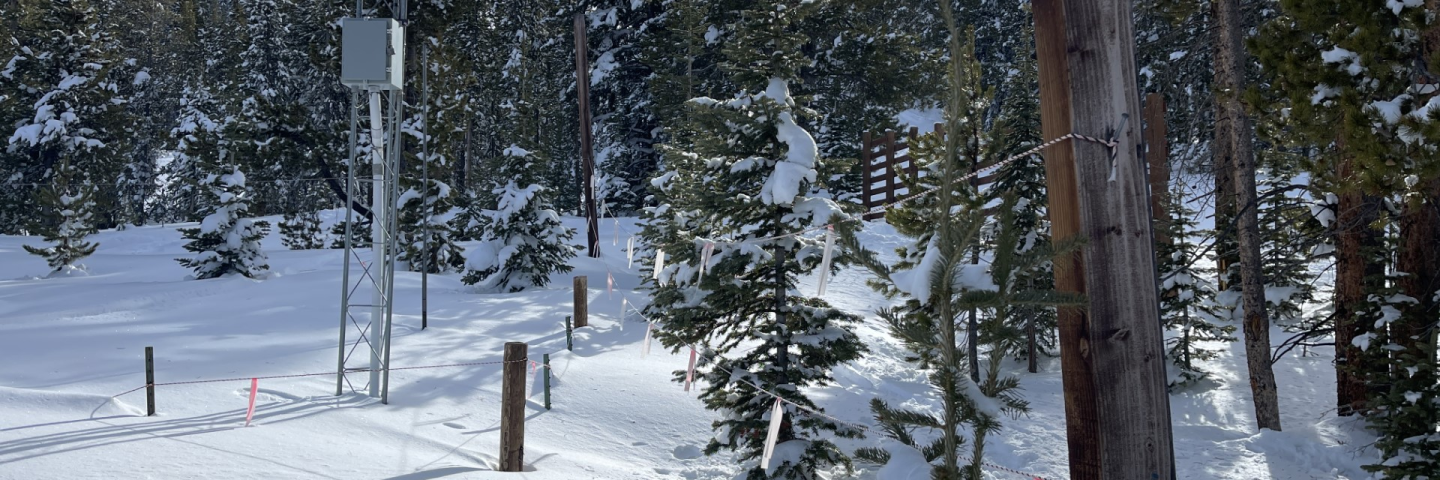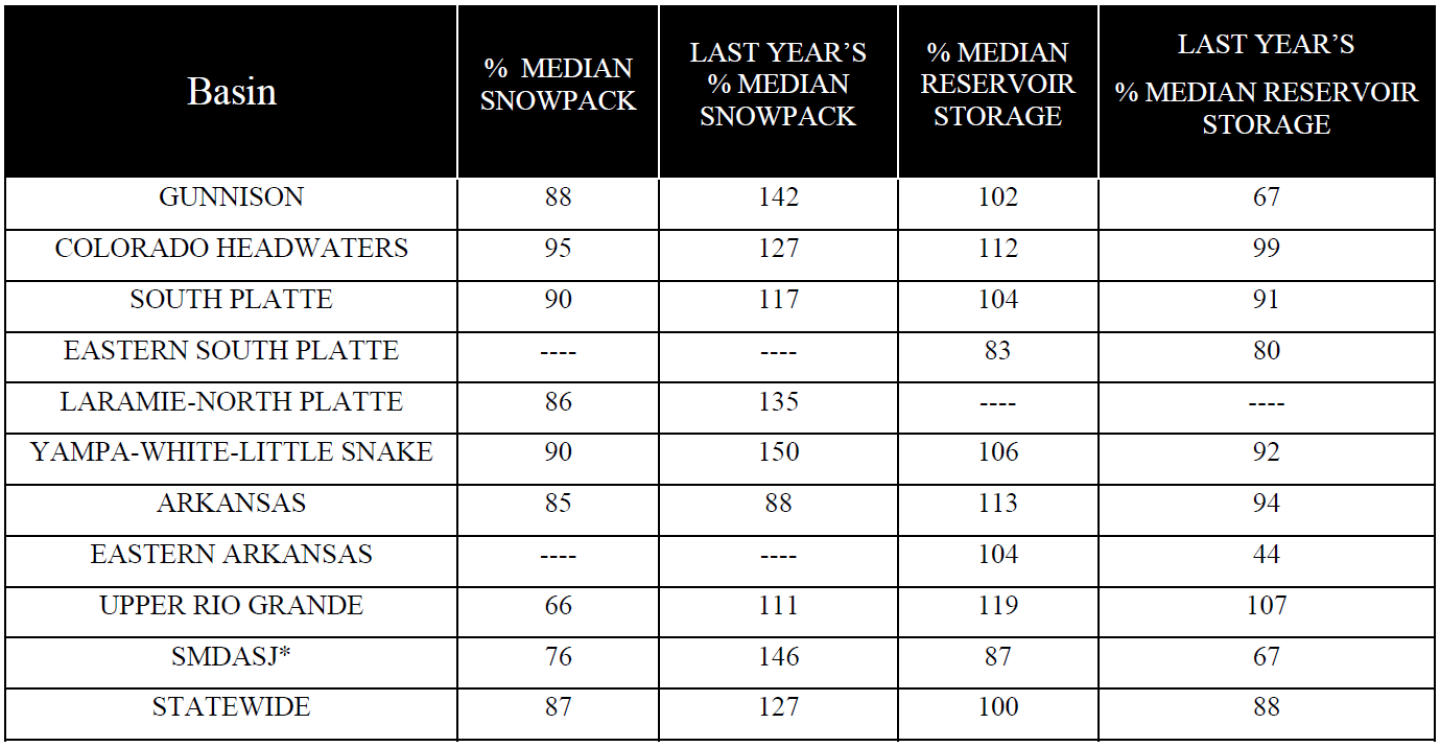Despite Below Normal Snowpack Recent Storms Help Improve Water Supply Outlook in Colorado

A series of storms in early January help boost snowpack and precipitation totals across the state. In addition, an early February storm added to totals across all major basins bringing much of the state’s snowpack closer to normal for this time of year.
Denver, CO – February 7th, 2024 – A series of storms in early January help boost snowpack and precipitation totals across the state. In addition, an early February storm added to totals across all major basins bringing much of the state’s snowpack closer to normal for this time of year. Above normal precipitation was observed across the state in January ranging from 115 percent of normal in the combined San Miguel-Dolores-Animas-San Juan River basin to 149 percent of normal in the Arkansas River basin. Despite these gains, there is still room for improvement especially in the state’s southern river basins. NRCS Hydrologist Joel Atwood comments that “Colorado river basins received substantial precipitation in the first half of January, then recently in the first week of February, which has helped boost the snowpack. Despite these improvements, volumetric streamflow forecasts for most locations remain below normal.”

February forecasts for streamflow volumes were generally below normal. Rivers draining the western side of the Continental Divide north of the combined San Miguel-Dolores-Animas-San Juan River basin have the most optimistic runoff forecasts. Nevertheless, rivers draining further west are less optimistic. The Sangre De Cristo Mountains have some of the worst streamflow outlooks in the state due to the low snowpack and precipitation in that area. The forecast point on Sangre De Cristo Creek has a particularly dismal forecasted streamflow volume, at 25 percent of normal. The Arkansas and the Upper Rio Grande River basins are forecasted to have 90 and 74 percent of normal, respectively. Atwood continued further “The water supply in the high country is still recovering from a dry fall, therefore more storms are needed to improve spring runoff volumes across the state. With El Nino conditions in the Pacific, there is some optimism that more moisture will be directed at Colorado in the next couple of months.”
Current reservoir storage across the state reflects streamflow runoff trends over the last several years. In some cases, streamflow runoff trends were also impacted by reservoir management needs in the broader region. The Colorado Headwaters, Upper Rio Grande and the Arkansas River basins ended January with above normal reservoir storage, at 112, 119 and 113 percent of normal, respectively. The Eastern Arkansas and the combined San Miguel-Dolores-Animas-San Juan River basins have the lowest reservoir storage numbers in the state with 83 and 87 percent of normal, respectively.
Colorado’s Snowpack and Reservoir Storage as of February 1st, 2024

*San Miguel-Dolores-Animas-San Juan River basin
**For more detailed information about February mountain snowpack refer to the February 1st, 2024 Colorado Water Supply Outlook Report. For the most up to date information about Colorado snowpack and water supply related information, refer to the Colorado Snow Survey website.


